
views
Using Services

Open Start Windows Start. Click the Windows logo in the bottom-left corner of the screen. The Start menu will open.
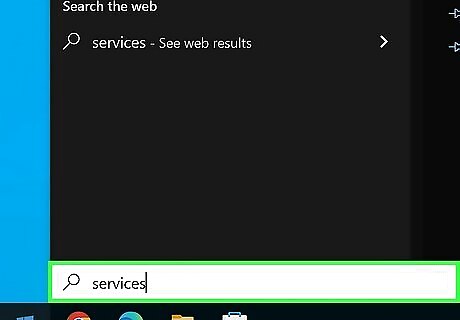
Type services into Start. Doing so searches for the Services app, which lets you control which system processes run.

Click Services. It's a gear-shaped icon at the top of the Start window. The Services window will open.
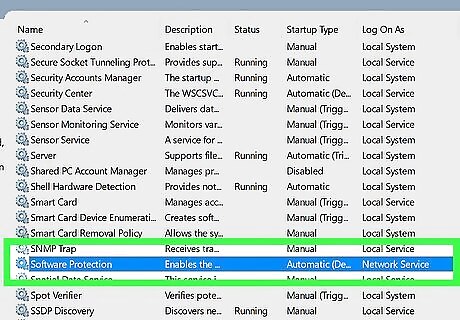
Scroll down and click Software Protection. You'll find this service in the "S" section of the window. On some computers, this will say sppsvc instead.
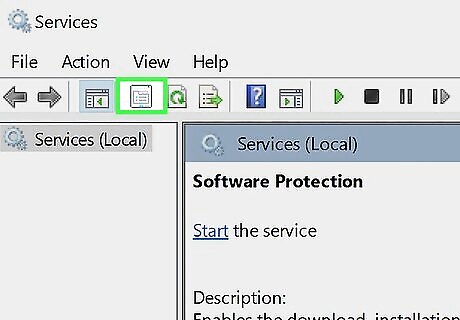
Click the "Properties" icon. It's the folder-shaped icon just below the View tab in the upper-left side of the window. A new window will open.
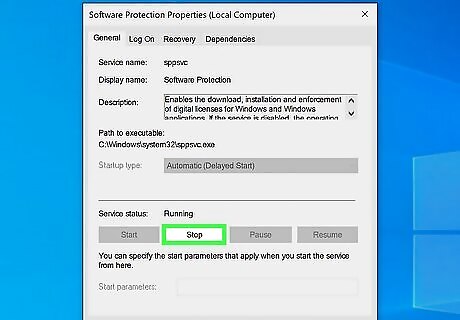
Click Stop. This option is in the middle-left side of the window. Doing so will prompt the Software Protection service to stop running. If this button is greyed out, you will need to use the Registry instead.
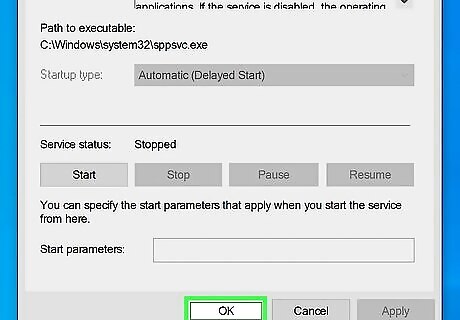
Click OK. It's at the bottom of the window. Your activation will remain off until you restart or update your computer, at which point you will need to disable it again.
Using Registry Editor

Open Start Windows Start. Click the Windows logo in the bottom-left corner of the screen.
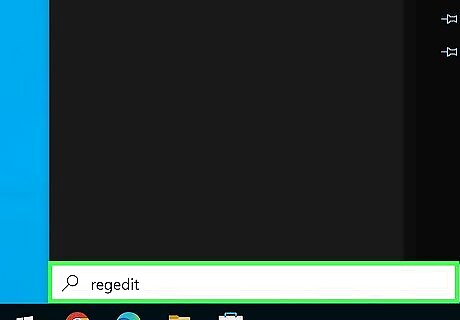
Type regedit into Start. This will search for the Registry Editor command.

Click regedit. It's a collection of blue blocks at the top of the Start window.
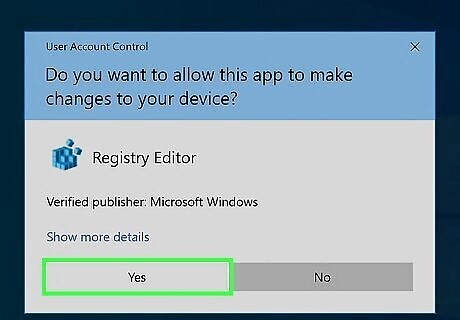
Click Yes when prompted. Doing so will open the Registry Editor window.
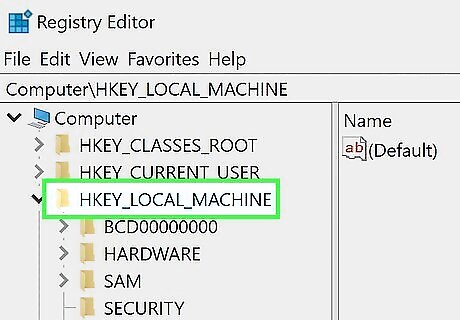
Expand the "HKEY_LOCAL_MACHINE" folder. Click Android 7 Expand Right to the left of the "HKEY_LOCAL_MACHINE" folder in the top-left side of the Registry window. If you see an indented column of folders below "HKEY_LOCAL_MACHINE", it's already expanded.

Expand the "SYSTEM" folder. It's near the bottom of the list of folders inside of the "HKEY_LOCAL_MACHINE" folder.
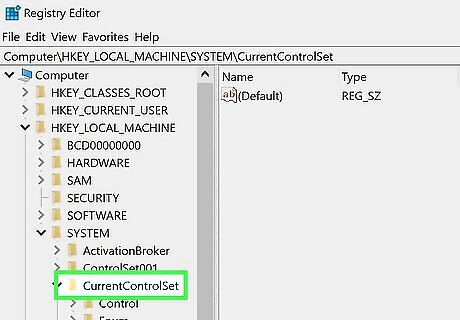
Expand the "CurrentControlSet" folder.
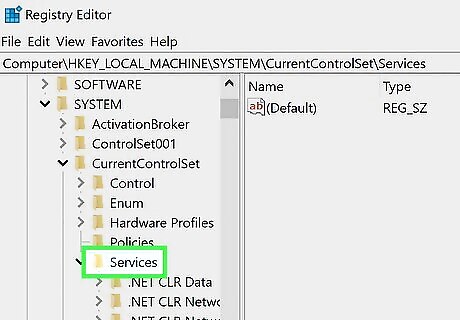
Expand the "Services" folder. This will result in a long list of folders appearing.
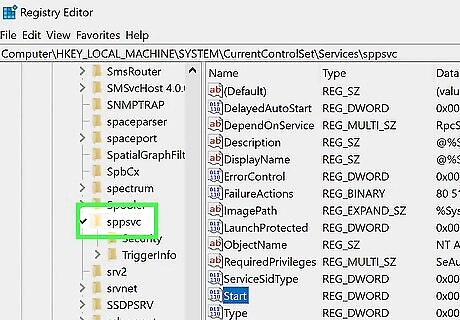
Scroll down and select the "sppsvc" folder. Click this folder to prompt its contents to display on the right side of the window.
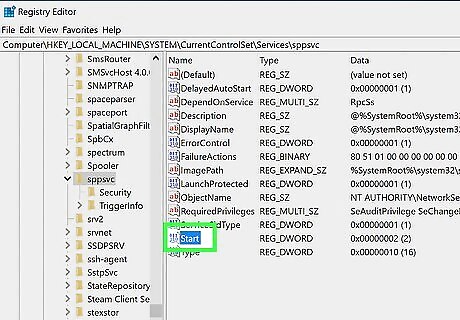
Select the "Start" file. It's near the bottom of the list of files that's on the right side of the window.
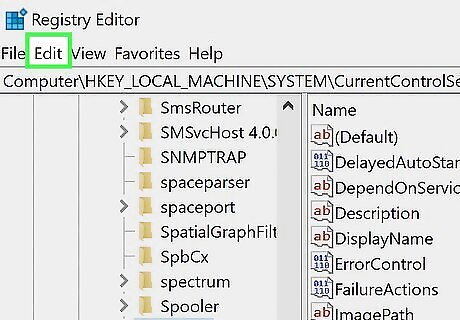
Click the Edit tab. This option is near the top-left corner of the Registry window. A drop-down menu will appear.

Click Modify. It's at the top of the drop-down menu. A new window will open.
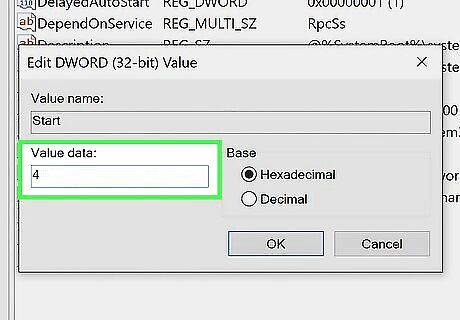
Type 4 into the window. This value change will disable the activation notifications.
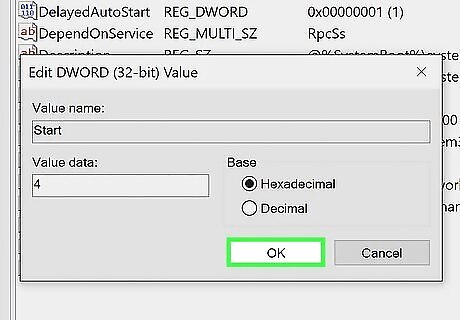
Click OK. It's at the bottom of the window. Your activation will remain off until you restart or update your computer, at which point you will need to disable it again.
Activating Windows

Open Start Windows Start. Click the Windows logo in the bottom-left corner of the screen.
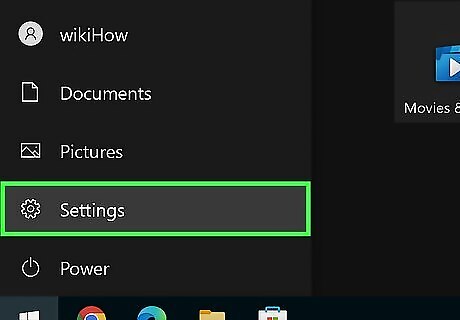
Open Settings Windows Settings. Click the gear-shaped icon in the left-hand side of the Start window.
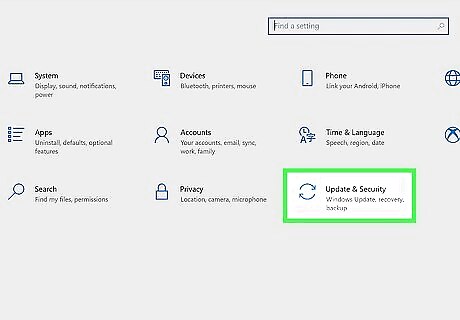
Click Update & security. This circular arrow-shaped icon is at the bottom of the Settings window.
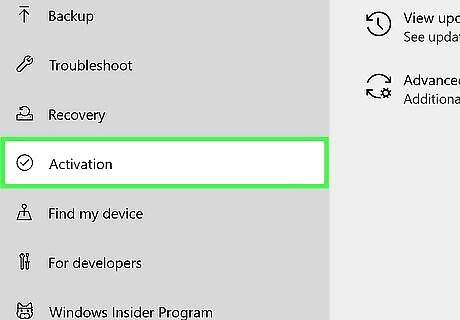
Click Activation. It's a tab on the left side of the window.
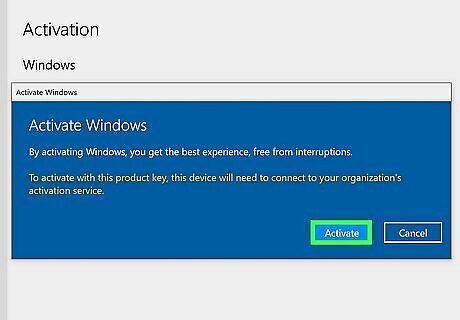
Activate your copy of Windows. You can do this in one of two ways, depending on whether you have to buy a key or already upgraded for free on a different computer: Free Upgrade - Click Troubleshoot, enter your Microsoft email address and password if prompted, click Activate Windows, and click Activate when prompted. Purchased Key - Click Go to store, click Buy below your preferred version of Windows, and enter your payment information.

Restart your computer. Click Start Windows Start, click Power Windows Power, and click Restart. Once your computer finishes restarting, your version of Windows should be activated.




















Comments
0 comment